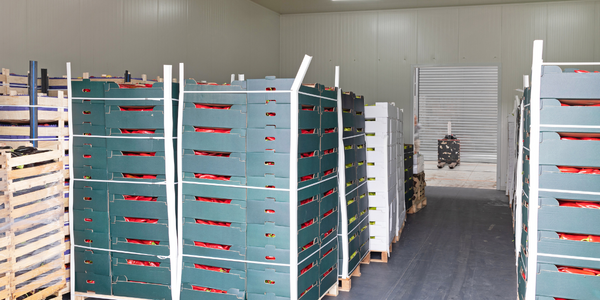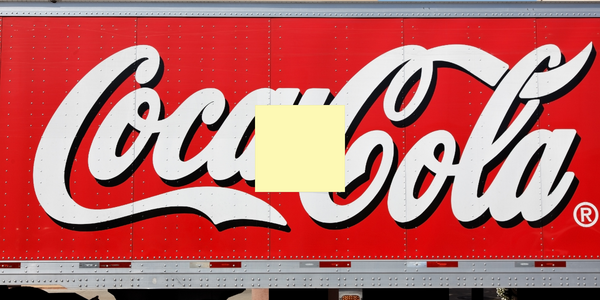Technology Category
- Networks & Connectivity - NFC
- Platform as a Service (PaaS) - Application Development Platforms
Applicable Industries
- Food & Beverage
Applicable Functions
- Procurement
- Sales & Marketing
About The Customer
Slide is a Software as a Service (SaaS) platform that offers businesses a comprehensive solution for social ordering via their social media accounts. They manage the day-to-day online orders via social platforms, allowing businesses to focus on their core strengths while leveraging the capabilities and scale of Slide. Slide aims to provide a seamless and efficient end-to-end customer experience, making the process of ordering food simple, fun, and convenient for customers.
The Challenge
Slide, a Software as a Service (SaaS) platform, was looking for a way to offer businesses a one-stop solution for social ordering via their social media accounts. The challenge was to manage the day-to-day online orders via social platforms so businesses could focus on their core strengths while leveraging the capabilities and scale of Slide. The goal was to provide a seamless and efficient end-to-end customer experience, allowing customers to view menus, order food, and chat about dietary preferences without ever leaving their preferred social media platform. The challenge also included providing a secure and convenient payment method for customers to finalize their transactions.
The Solution
Slide partnered with Unifonic to provide sales solutions through the WhatsApp Business Platform. Customers can connect to the restaurant's WhatsApp account and start communicating via chatbot. They select their preferred language, choose their delivery location, and check out the full menu. Once they've selected their location and branch, they can browse the menu through the WhatsApp catalog which provides detailed images, pricing, and other valuable information. The customer then receives a shopping cart summary via WhatsApp, along with a convenient payment link to finalize the transaction. Payments can be made quickly and securely through the Slide payment gate, which allows customers to use Apple Pay, Google Pay, and STC Pay, or add their credit card details if needed. Once the order is processed, it's directed to the Slide ordering platform which helps restaurants manage everything in one place, for every order received from WhatsApp, Instagram, Google Maps, and Twitter.
Operational Impact

Case Study missing?
Start adding your own!
Register with your work email and create a new case study profile for your business.
Related Case Studies.

Case Study
The Kellogg Company
Kellogg keeps a close eye on its trade spend, analyzing large volumes of data and running complex simulations to predict which promotional activities will be the most effective. Kellogg needed to decrease the trade spend but its traditional relational database on premises could not keep up with the pace of demand.

Case Study
HEINEKEN Uses the Cloud to Reach 10.5 Million Consumers
For 2012 campaign, the Bond promotion, it planned to launch the campaign at the same time everywhere on the planet. That created unprecedented challenges for HEINEKEN—nowhere more so than in its technology operation. The primary digital content for the campaign was a 100-megabyte movie that had to play flawlessly for millions of viewers worldwide. After all, Bond never fails. No one was going to tolerate a technology failure that might bruise his brand.Previously, HEINEKEN had supported digital media at its outsourced datacenter. But that datacenter lacked the computing resources HEINEKEN needed, and building them—especially to support peak traffic that would total millions of simultaneous hits—would have been both time-consuming and expensive. Nor would it have provided the geographic reach that HEINEKEN needed to minimize latency worldwide.

Case Study
Energy Management System at Sugar Industry
The company wanted to use the information from the system to claim under the renewable energy certificate scheme. The benefit to the company under the renewable energy certificates is Rs 75 million a year. To enable the above, an end-to-end solution for load monitoring, consumption monitoring, online data monitoring, automatic meter data acquisition which can be exported to SAP and other applications is required.

Case Study
Coca Cola Swaziland Conco Case Study
Coco Cola Swaziland, South Africa would like to find a solution that would enable the following results: - Reduce energy consumption by 20% in one year. - Formulate a series of strategic initiatives that would enlist the commitment of corporate management and create employee awareness while helping meet departmental targets and investing in tools that assist with energy management. - Formulate a series of tactical initiatives that would optimize energy usage on the shop floor. These would include charging forklifts and running cold rooms only during off-peak periods, running the dust extractors only during working hours and basing lights and air-conditioning on someone’s presence. - Increase visibility into the factory and other processes. - Enable limited, non-intrusive control functions for certain processes.

Case Study
Temperature Monitoring for Restaurant Food Storage
When it came to implementing a solution, Mr. Nesbitt had an idea of what functionality that he wanted. Although not mandated by Health Canada, Mr. Nesbitt wanted to ensure quality control issues met the highest possible standards as part of his commitment to top-of-class food services. This wish list included an easy-to use temperature-monitoring system that could provide a visible display of the temperatures of all of his refrigerators and freezers, including historical information so that he could review the performance of his equipment. It also had to provide alert notification (but email alerts and SMS text message alerts) to alert key staff in the event that a cooling system was exceeding pre-set warning limits.

Case Study
Coca-Cola Refreshments, U.S.
Coca-Cola Refreshments owns and manages Coca-Cola branded refrigerators in retail establishments. Legacy systems were used to locate equipment information by logging onto multiple servers which took up to 8 hours to update information on 30-40 units. The company had no overall visibility into equipment status or maintenance history.







